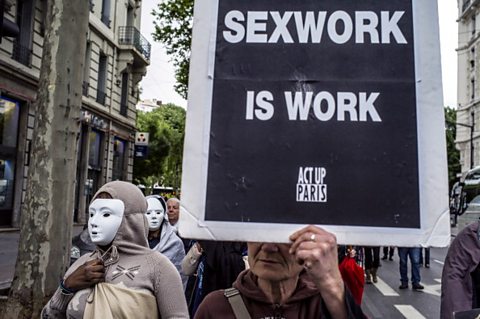Unedited version© from http://ftpdigi.com/<-- check out the link for the published version and other interesting articles!

Advertising is everywhere.
Billboards, online sidebars, ‘cookies’, pop-ups, TV commercials and so on
bombard us every single day. Subconsciously, these images are affecting who we
are and who we strive to be. It is the best marketing tool one can use to sell,
sell, sell! We relate to adverts and become persuaded that we need certain
products in order to become better versions of ourselves…but how many adverts
are actually representative of us as consumers? In terms of the fashion and
beauty industry, most people would agree that we all would like to see more
sizes for men and women being sold and more varied beauty products that can be
used by all skin tones. The public want more variation in what they are being
sold. But what does this mean for advertising?
There is a huge movement for people
of different body types and skin colours to be featured more in big brands from
Victoria’s Secret to Topshop. More specifically, plus sizes have become an
important feature of most clothing brands now. This seems like an acceptable
request from the public as 45% of women alone in the UK are over a size 14. Logically,
it would follow that not only would companies begin to supply this demand for
more variety but also include this change in their advertising in order to show
the public of their perceived acceptance and consequently, get our money.
However this is not the case for the general advertising world. Victoria’s
Secret has reportedly dropped in sales because of not succumbing to the public’s
demand for more sizing, but are now beginning to up their sizes more recently. There
may be a steady increase in the variety of sizes and products made available to
us, however this is not reflected in their campaigns.
Statistically, companies sell more
products if they are being advertised on mainly Caucasian, very slender (or ‘lean
build’ for men) and extremely photoshopped models. Many companies that
typically use these models have reported that they have tried to use more ‘wide-ranging’
types of people (be it their size, hair type or skin colour) in their advertising
but the overall sales never meet their sale targets as opposed to when they use
the ‘average looking model’. It has been proven that sales are normally higher
when it has been advertised on these certain models. Even when this industry use
the models they deem to be ‘perfect’ for attaining high sales they still feel
they must Photoshop the model to even higher standards of beauty. Female models
are usually given smoother skin, hair extensions, plumper chests and are even ‘bulked
up’ to look more curvaceous than they are in real life. All of these standards
are put into place in order to gain higher sales.
A younger version of myself would
look at these adverts and feel insecure that I could never achieve the same
look as these models. As I have grown older, I understand that comparing oneself
too often to images that have been so manipulated and ‘perfected’ is extremely
damaging to a person’s confidence. The industry knows this, and thrives off
humanity’s superficial insecurities. It is capitalism at its finest and ironically,
it’s ugliest. Perhaps we gravitate more towards ads that demonstrate
unrealistic standards of beauty because it has been subconsciously taught to us
for so long that this one way is perfect, through the use of subliminal messaging
or ingrained cultural thoughts. Humans
have always and will always want to become as flawless as possible and by purchasing
a product that claims to aid us with this impossible fixation, we are almost
narrowing the gap between the model and ourselves. When we perceive an artificially
manipulated image, we automatically begin to compare ourselves with a fantasy
that cannot be achieved, not even by the model. Yet overall, we still seem to favour
these types of adverts over more natural or genuine ones because we are constantly
trying to achieve what computer tricks can only do. The general public seem to
want more representation in this industry (as we are the ones who actually
control sales) and celebrate different types of beauty to show that there is
never just one way to be beautiful. Although we are demanding one thing, we are
buying into the exact opposite. Are we just part of the problem?
Nevertheless, there has been an
increase in more realistic body positive adverts which can be seen in brands
such as Dove or No.7 (as examples). They advertise on people of all ages, skin
colours, styles and body types in order to sell their products. From a business
standpoint, this route is definitely working for them. From a sociological
perspective, it is having a tremendous progressive effect on us as a society,
even if we barely notice it. Slowly but surely, these kinds of messages will
hopefully increase and be reinforced over current widespread concepts of self-doubt
and low confidence. It all starts with us actively choosing brands with more
positive and realistic goals. Only then advertising companies may realise that
reform is necessary and begin to make sales based on self-love rather than
self-hate.
xx



